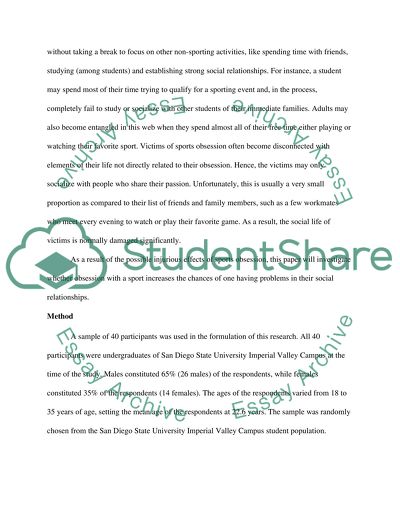Cite this document
(“Hypothesis Sport Obsession Impacts social relationships Term Paper”, n.d.)
Retrieved from https://studentshare.org/psychology/1465144-hypothesis-sport-obsession-impacts-social
Retrieved from https://studentshare.org/psychology/1465144-hypothesis-sport-obsession-impacts-social
(Hypothesis Sport Obsession Impacts Social Relationships Term Paper)
https://studentshare.org/psychology/1465144-hypothesis-sport-obsession-impacts-social.
https://studentshare.org/psychology/1465144-hypothesis-sport-obsession-impacts-social.
“Hypothesis Sport Obsession Impacts Social Relationships Term Paper”, n.d. https://studentshare.org/psychology/1465144-hypothesis-sport-obsession-impacts-social.


